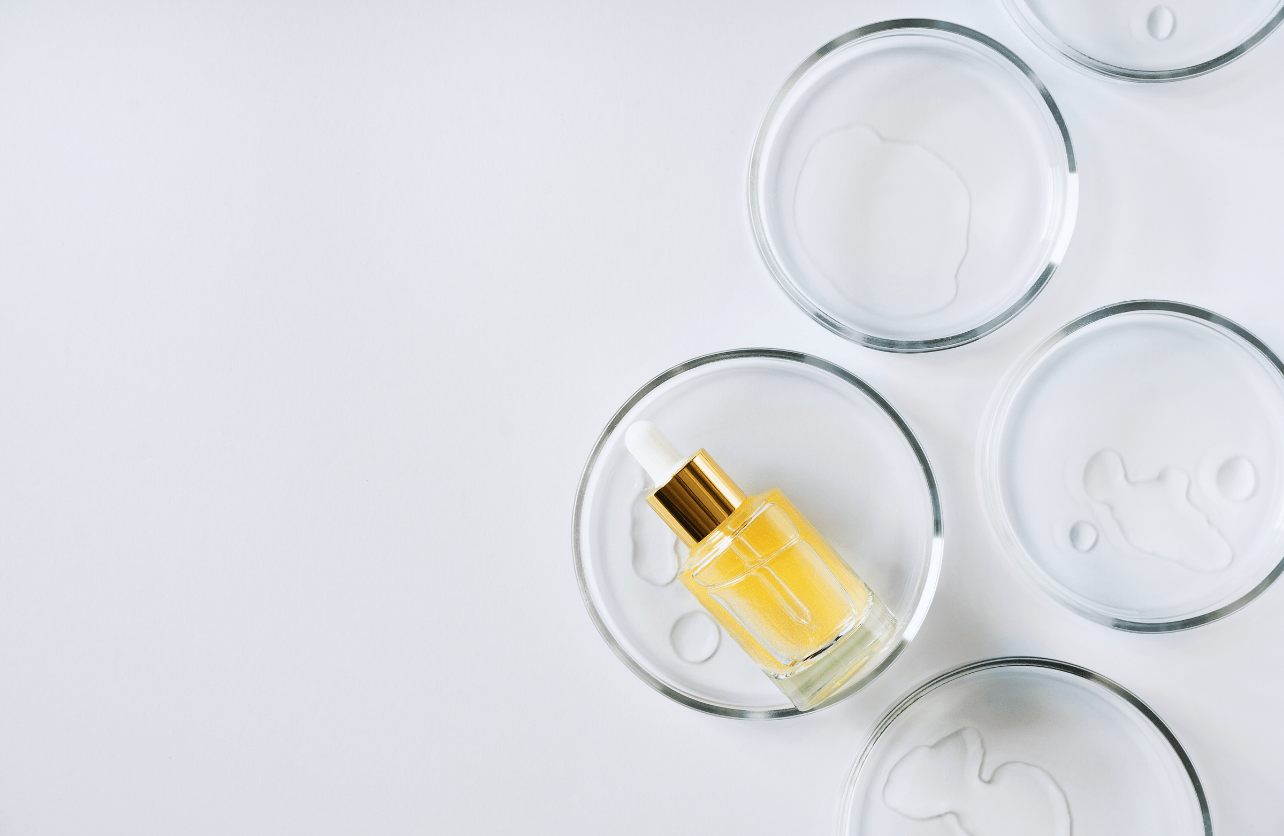How to Use Retinol: A Step-by-Step Guide to Maximizing Benefits and Minimizing Irritation

Retinol is one of the most effective skincare ingredients for tackling fine lines, uneven texture, and hyperpigmentation. Derived from vitamin A, it speeds up cell turnover, promotes collagen production, and helps unclog pores. But because of its potency, incorrect use can lead to irritation, redness, and peeling.
If you’re new to retinol or want to make sure you’re using it correctly, here’s a detailed guide to incorporating it into your skincare routine.
Start Slow: Let Your Skin Adjust
Retinol isn’t a product you should apply every night when you first start using it. Your skin needs time to build tolerance. Follow these general rules:
- First two weeks: Apply retinol once a week to see how your skin reacts.
- Weeks 3–4: If no major irritation occurs, increase usage to twice a week.
- Weeks 5–6: Gradually work up to every other night, but only if your skin tolerates it well.
- Long-term: Some people can eventually use it nightly, while others stick to 2–3 times per week for maintenance.
Skipping this gradual introduction can lead to redness, dryness, and peeling, commonly known as the retinol purge.
Do a Patch Test Before Full Application
Before applying retinol to your face, do a patch test to check for potential irritation:
- Apply a small amount to your inner forearm or behind your ear.
- Wait 24 hours to see if any redness, itching, or sensitivity develops.
- If no reaction occurs, proceed with facial application.
Apply Retinol at Night
Retinol increases sun sensitivity, so it’s best used as part of your nighttime skincare routine.
How to Apply:
- Cleanse your skin with a gentle, non-exfoliating face wash.
- Pat your face completely dry—wet skin absorbs retinol more quickly, increasing irritation.
- Use a pea-sized amount for your entire face.
- Avoid the eye area, nostrils, and lips (unless using a specially formulated eye retinol).
- Wait a few minutes before applying other products to allow absorption.
Moisturize to Minimize Irritation
Because retinol can cause dryness and peeling, always follow up with a hydrating moisturizer to support your skin barrier.
For extra protection, try the sandwich method:
- Apply a light layer of moisturizer first.
- Apply your retinol on top.
- Finish with another layer of moisturizer.
This buffers the intensity of retinol, making it gentler for sensitive skin.
Always Use Sunscreen During the Day
Retinol makes your skin more vulnerable to UV damage, so daily sunscreen is non-negotiable.
- Use a broad-spectrum SPF 30 or higher.
- Reapply every two hours if spending time outside.
- Even on cloudy days, sunscreen prevents retinol-related sunburn and premature aging.
Skipping SPF can undo the benefits of retinol and lead to worsened hyperpigmentation and irritation.
Avoid Mixing Retinol with Certain Ingredients
Retinol doesn’t always play well with other active ingredients. Avoid using it alongside:
- Vitamin C (Use vitamin C in the morning and retinol at night.)
- Exfoliating acids (AHAs & BHAs) (Combining these can cause over-exfoliation.)
- Benzoyl peroxide (Can deactivate retinol and lead to excessive dryness.)
If you want to incorporate these ingredients into your routine, use them on alternate nights.
Expect a Purge, But Know When to Stop
It’s normal for retinol to cause temporary breakouts, peeling, or redness—this is part of the adjustment process. This “purging” phase typically lasts 2–4 weeks.
However, if your skin experiences burning, severe peeling, or persistent irritation, you may need to reduce frequency or switch to a lower concentration.
Choose the Right Strength and Formula
Retinol comes in different strengths and formulations. Beginners should start with a low concentration (0.2–0.5%) before moving to stronger formulas (1%).
Common types of retinoids:
- Retinol: Most accessible over-the-counter option.
- Retinaldehyde (Retinal): Converts to retinoic acid faster than retinol, making it slightly stronger.
- Tretinoin (Retinoic Acid): Prescription-strength and much more potent.
- Adapalene: A gentler option often recommended for acne-prone skin.
Best for Beginners: Start with retinol or retinaldehyde before jumping into prescription-strength retinoids.
Be Patient—Results Take Time
Retinol isn’t an overnight fix. Most people start seeing results in 8–12 weeks, with significant improvements in 3–6 months.
Timeline of Results:
- 1–4 weeks: Some dryness, mild peeling, and skin purging.
- 4–8 weeks: Skin starts adjusting; texture may improve.
- 12+ weeks: Noticeable reduction in fine lines, dark spots, and breakouts.
Consistent use is key. Skipping applications slows down progress.
Adjust Based on Your Skin’s Needs
Your retinol routine should be customized to your skin type and tolerance level.
- Sensitive skin? Use a lower strength and buffer with moisturizer.
- Oily or acne-prone skin? You may tolerate stronger concentrations sooner.
- Mature skin? Retinol is great for anti-aging, but hydration should be a priority too.
If irritation becomes unmanageable, dial back usage instead of quitting completely.
Final Thoughts: How to Make Retinol Work for You
Retinol is a powerful anti-aging and skin-renewing ingredient, but using it incorrectly can lead to irritation and setbacks. The key is to introduce it gradually, protect your skin barrier, and be patient.
By following a structured approach, retinol can help you achieve smoother, clearer, and more youthful skin—without the unwanted side effects.
Building a Stronger You
Supplement Institute is the fruit of extensive online publishing experience, spanning the breadth of SEO strategies to the nuances of paid advertisements. Our journey, marked by significant achievements and learning moments, inspires our core mission: to empower our readers with an abundance of information. By sharing insights and key learnings, we aim to provide you with the knowledge needed to navigate the complex world of supplements, helping you make well-informed decisions for your health and well-being. Welcome to Supplement Institute, where information is your greatest supplement.